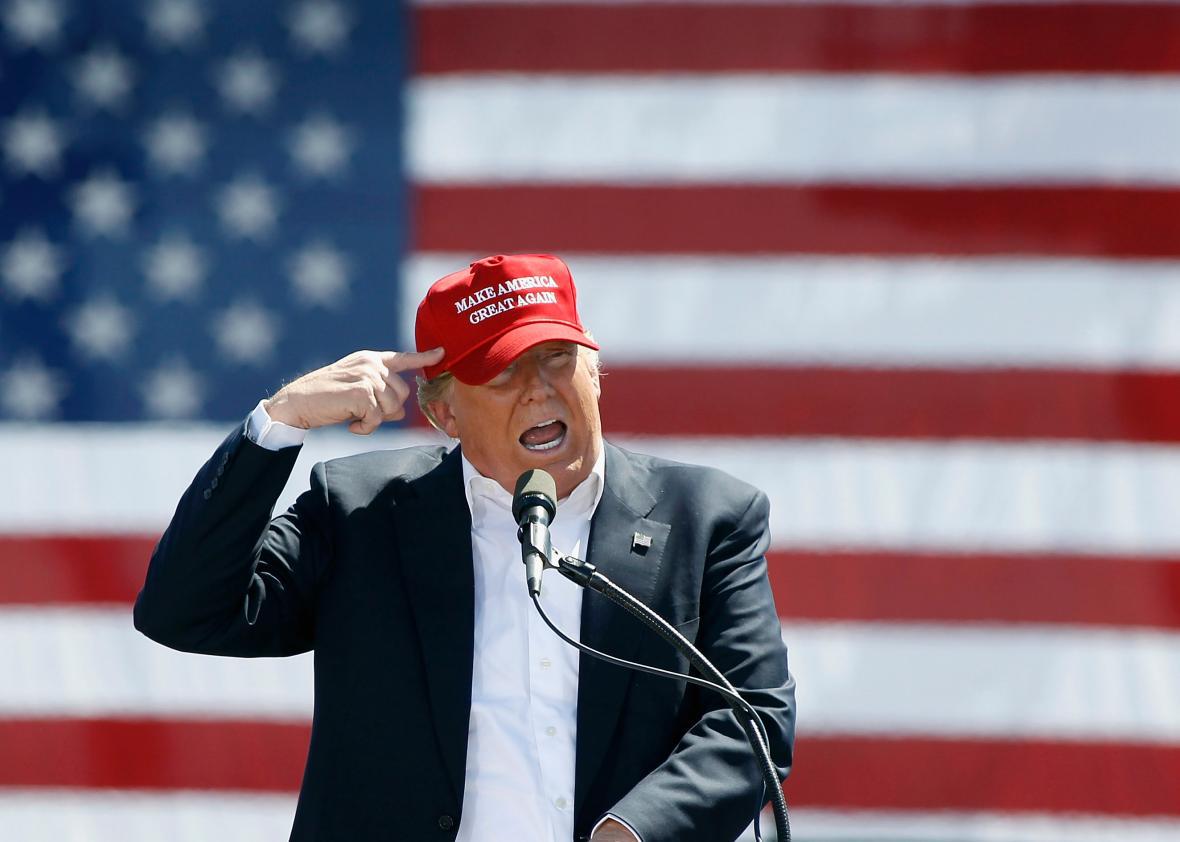The author of this piece won the second Slate Plus Pitch Slam. If you’d like to participate in future pitch slams, consider becoming a member. Visit Slate.com/plus to learn more.
As a women’s studies graduate student and college instructor, I often hear the phrase “that’s problematic” in my watercooler conversations: “Did you catch Broad City last night?”
“Yeah, but I thought a lot of it was pretty problematic,” a colleague might say.
Whatever this reply might have in common with right-wing caricatures of feminists and academics, it is actually a pretty great conversation starter. In my colleague’s comment, I hear: Is Ilana’s over-the-top infatuation with black culture intentionally offensive? Are we as an audience supposed to like her for it? And when viewers laugh at her, are we all laughing at the same thing?
But all too often, the word problematic functions not as an opening into these deeper questions, but as a buzzy shortcut. It can allow the speaker to leave out the most critical arguments the audience needs to hear.
Various riffs on “that’s problematic” abound in edited, formal publications. A couple months ago, NPR deemed the colonial imagery in Taylor Swift’s “Wildest Dreams” music video “beyond problematic.” Slate has used the word at least a half-dozen times, and more than once in a headline. At the satirical Tumblr “Everything Is a Problem,” the author promises to “dispense problematics” on any subject or text readers send her way, offering a few lines of righteous indignation before rating different texts on a “problem” scale from one to five. A post about the puritanical, infighting tendencies of the left had the title “Entire Human Race Problematic—Left Can’t Work With Them.” Glancing through #problematic on Twitter suggests these satirists aren’t so far off. Sample tweets include “forgot how #problematic Ace Ventura is” and “Being #WOKE when 99.9% of the planet is a #PROBLEMATIC mess is exhausting. Honestly.”
Though some seem to take issue with the word’s implied political correctness or hypercritical attitude (see also: “-splaining” and the gender-neutral, singular “they”), the real weakness of problematic is that it is misleading and vague. Problematic—“constituting or presenting a problem or difficulty; difficult to resolve; doubtful, uncertain, questionable”—doesn’t actually capture the speaker’s complaint, which is about harm, not difficulty or uncertainty. The speaker is trying to suggest that something in the text constitutes a moral wrong. But problematic undercuts that critique by reframing the issue as a riddle to be unraveled.
The Oxford English Dictionary points to a problematic, as “A thing that constitutes a problem or an area of difficulty, esp. in a particular field of study.” This kind of problematizing is at the heart of academic inquiry—a collective recognition of the best theories and concepts the field currently offers, and then through research or argument or both, working within and around that best-established knowledge to account for things the field currently cannot. But when people don’t come to a discussion with the same understanding of the best theories of the field, or in the case of pop culture, a shared sense of what makes something offensive and what makes it morally and politically sound, calling something problematic seems to miss the point of argument. Instead of convincing someone a particular idea is a bad one, the arguments that follow “that’s problematic” tend to merely point out that the text contains an idea thought to be bad.
In the classroom, some of my most passionate students lean on the phrase when they take issue with a course reading or something insensitive a classmate said. The initially amorphous critique becomes a great place for me to open up discussion, to push the student to articulate his or her problem with something for a diverse crowd of thinkers. “What exactly did you think was wrong with what was said?” I might ask.
But in written work and in the social-media world of quick tweets and posts, “that’s problematic,” is far more unilateral, and far more of a rhetorical device than a dialogue starter. The phrase creates distance between the critic and the argument, placing the problem—racism, sexism, homophobia, etc.—in the text itself, rather than accounting for the subjective reasons the critic can see the harm the text is doing. Calling a text problematic erases the ways in which it interacts with readers’ own politics and experiences to produce its “problem.” We don’t get the full picture of harm done when a person of color watches a show about white people appropriating black culture, for instance. Social and cultural critique are only strengthened when the audience understands how the critic came to see something they missed.
You don’t often hear people saying that Donald Trump’s latest rants about immigrants or women are problematic. Instead, his words are called racist, sexist, and dangerous. But when it comes to conversations about culture and representation, we apparently feel the need to undercut, obscure, and distance ourselves from our own arguments.
Perhaps “that’s problematic” is a new way of brushing past what is actually an old question: How much do these cultural representations matter, and what is their relationship to what actually happens in our world? We know there’s something wrong with some of these portrayals, but just how wrong are they? What is their actual impact on people, on the inequality we know is growing? “That’s problematic” leaves those more precise questions unanswered.
While the left is producing an entire industry of social-justice informed pop culture criticism, a new movement of sexist, white supremacist populism has taken over a presidential election. Our insistence on talking to those in the know instead of convincing those who aren’t seems, well, kind of problematic.
